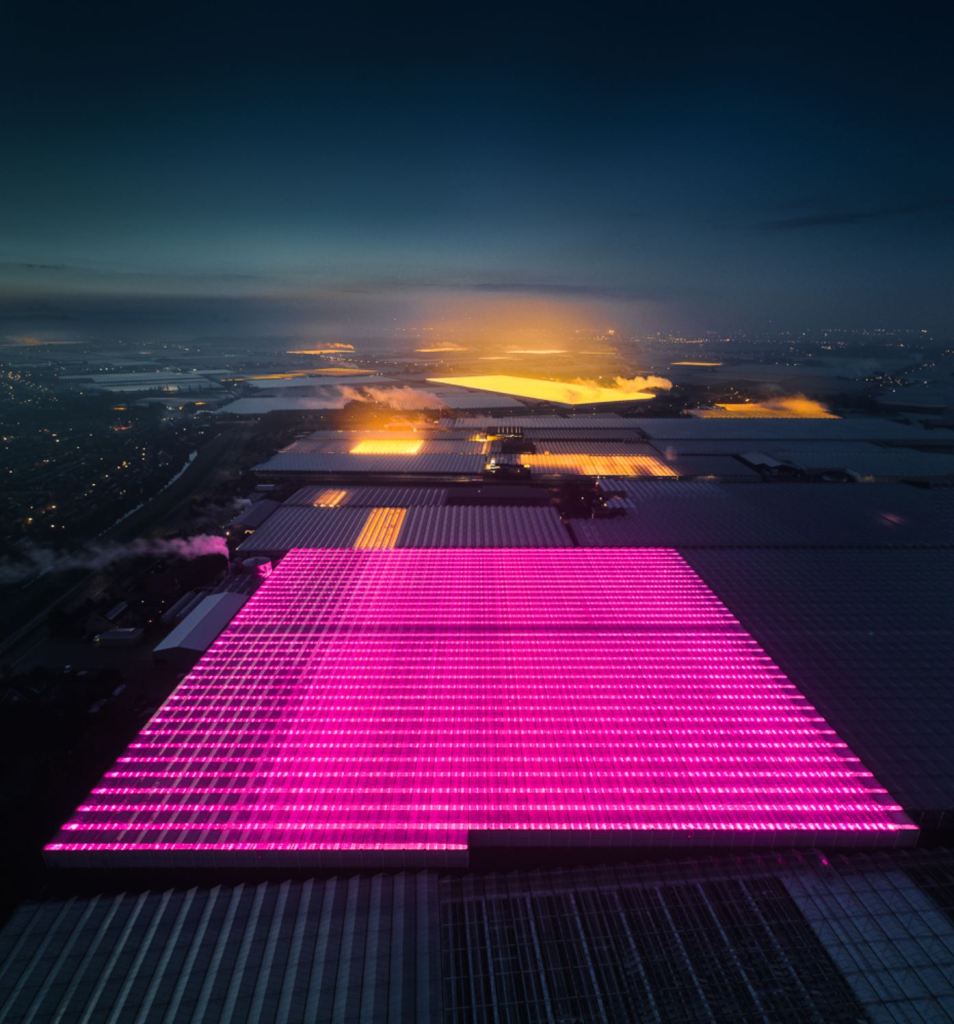
In meeting the growing demand for food in the future, a relatively closed production system such as the greenhouse will play an important role. In recent years, the lack of sunlight in greenhouses has attracted more and more attention. On the one hand, the light transmittance of the greenhouse is reduced due to the orientation, structure, and covering material characteristics of the greenhouse, and on the other hand, the lack of sunlight in greenhouse crops caused by climate change. , Such as continuous rainy weather in winter and early spring, frequent haze weather, etc. Insufficient sunlight directly adversely affects greenhouse crops, causing serious losses to production. Plant fill light can effectively alleviate or solve these problems.
Incandescent grow lights, fluorescent grow lights, metal halide grow lights, high-pressure sodium grow lights and emerging LED grow lights have been or are being used in greenhouse lighting. Among these types of light sources, high-pressure sodium grow lights have higher luminous efficiency, longer service life, and higher comprehensive energy efficiency, occupying a certain market position. However, high-pressure sodium grow lights have poor lighting durability and low safety (containing mercury). Problems such as not being able to shine at close range are also prominent. Some scholars take a positive attitude towards the problem that LED grow lights may overcome the insufficient performance of high-pressure sodium grow lights in the future. However, LEDs are expensive, supplementary light technology is difficult to match, supplementary light theory is not perfect, and the specifications of LED plant supplementary lights are confused, which makes users question the application of LEDs in plant supplementary light.
1.The difference between high pressure sodium grow light and LED lighting
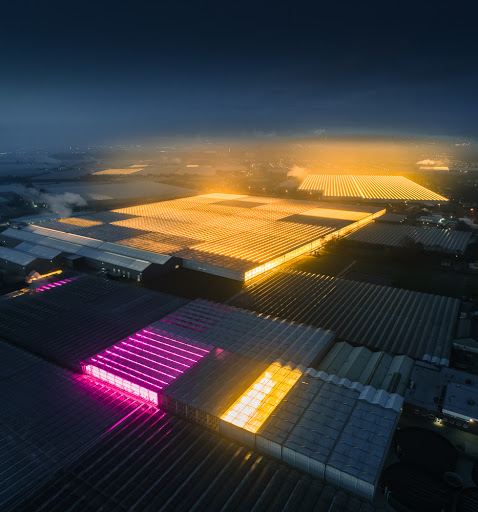
(1) The difference of light-emitting principle and external structure
The high-pressure sodium grow light is composed of mercury, sodium, xenon arc tube wick, glass bulb, getter grow light cap, etc. from the inside to the outside. Due to the difference of its core accessory ballasts, it is divided into inductive high pressure sodium grow lights and electronic high pressure sodium grow lights. High pressure sodium grow lights of different powers need to use corresponding specifications of ballasts. LED is also called light-emitting diode. The core part is a wafer composed of P-type semiconductor and N-type semiconductor. There is a transition layer between P-type semiconductor and N-type semiconductor, called PN junction. When the current flows from the LED anode to the cathode, the semiconductor crystal will emit light of different colors from purple to red. The intensity of the light is related to the current. According to the luminous intensity and working current, it can be divided into ordinary brightness (luminous intensity <10 mcd), high brightness (luminous intensity 10-100 mcd) and ultra-high brightness (luminous intensity> 100 mcd). Its structure is mainly divided into four major blocks: the structure of the light distribution system, the structure of the heat dissipation system, the drive circuit and the mechanical/protective structure.
(2) The difference of the irradiation range and the spectral range
The light-emitting angle of the high-pressure sodium grow light tube is 360°, and most of it must be reflected by the reflector to illuminate the designated area. The spectral energy distribution is roughly red-orange light, yellow-green light, and blue-violet light (only a small part). According to the different light distribution design of LED, its effective light-emitting angle can be roughly divided into three categories: ≤180°, 180°~300° and ≥300°. The LED light source has wavelength tunability and can emit monochromatic light with a narrow light wave, such as infrared, red, orange, yellow, green, blue, etc., which can be combined according to different needs.
(3) Differences in applicable conditions and life span
The high-pressure sodium grow light is the third-generation lighting source. It has a wide range of use under conventional alternating current, high luminous efficiency, and strong penetrating ability. The maximum life span is 24000h, and the minimum can be maintained at 12000h. Sodium grow light is a kind of heat source because it will be accompanied by heat generation while lighting. In the process of use, there is also a self-extinguishing problem. As a fourth-generation new semiconductor light source, LED is driven by DC, with a life span of more than 50,000 h and low attenuation. As a cold light source, it can be irradiated close to plants. Comparing LEDs and high-pressure sodium grow lights, it is pointed out that LEDs are safer, do not contain harmful elements, and are more environmentally friendly.
2.The difference in the impact of high-pressure sodium grow lights and LED supplementary light on crops
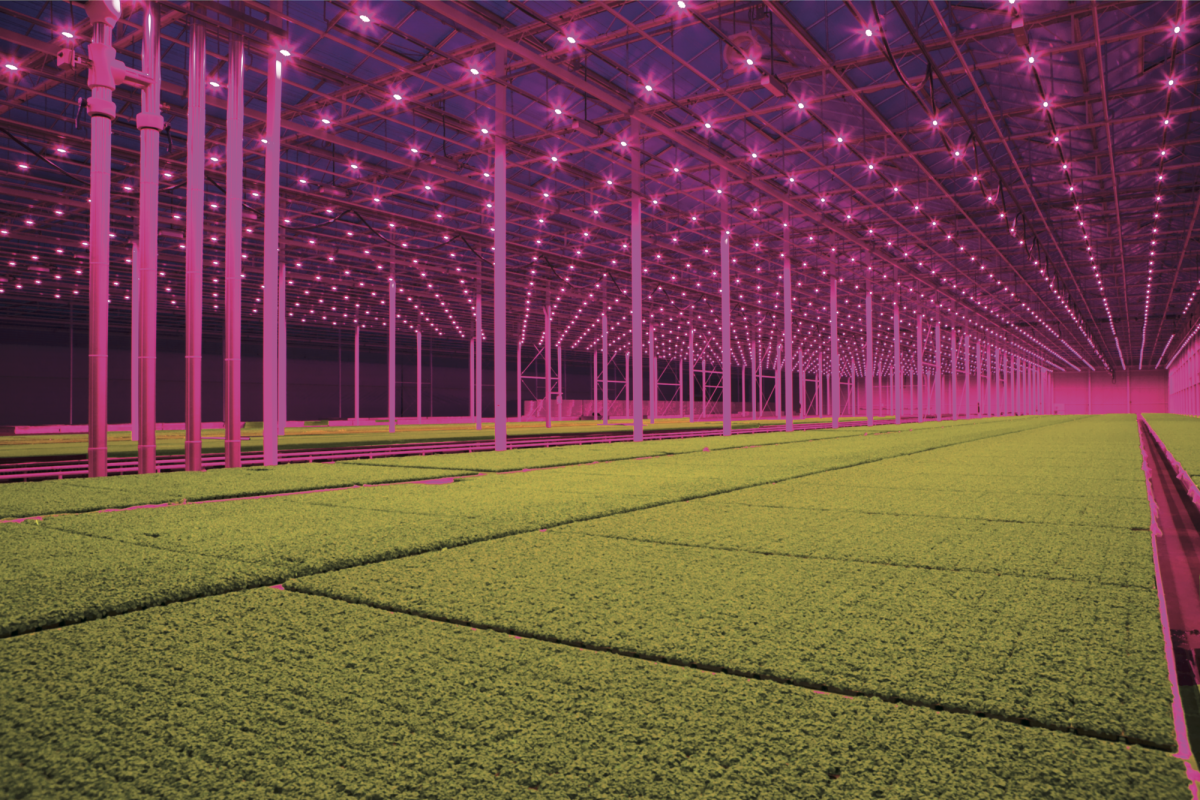
A large number of production practices and scientific research in agricultural production have proved that artificial plants can not only increase crop yields and shorten the planting cycle, but also effectively improve crop quality. It is an important guarantee for modern agricultural efficient production. In the process of nursery and greenhouse crop management, the use of high-pressure sodium grow lights and LEDs to supplement light can promote crop growth and change crop yield, morphology, and physiological indicators.
(1) Yield and quality differences
High yield and high quality of crops is the ultimate goal of planting and cultivation. LED supplementary light can improve the quality of pepper, tomato and eggplant seedlings. The quality of single tomato fruit and the yield per plant under the condition of supplementary light for 10 hours have increased significantly. The yield increase effect of LED supplementary light is also reflected in cucumber planting. LED can improve the quality of grape fruits. Among them, the blue light supplement light treatment has the fastest fruit development, the fruit single-grain quality is higher, the sugar content is the highest, and the ultraviolet light supplementary light treatment has the highest single-grain quality during the fruit ripening period. Similarly, the 70W high-pressure sodium grow light obviously produces an increase in the yield of strawberries per plant, with an increase of 17.9%. High-pressure sodium grow lights and LED supplementary light have a significant impact on the morphology of plants. The LED side lighting treatment also improves the visual fruit quality of cucumber. Adding LED on the basis of sodium grow light, compared with the treatment of sodium grow light, the color of cucumber is more vivid.
(2) Difference of morphological indicators
Plant morphology index is an important index in the process of plant growth, especially in seedling production, which determines whether the plant can grow healthily after transplantation. Under normal circumstances, the seedlings of conifer plants grown under LEDs grow better than high-pressure sodium grow lights. Photoperiod 12h, optical density 50μmol/(m2·s), LED red light (630~660nm), orange light (590~610nm), blue light (450~460nm), green light (520~540nm) treatment, respectively, compared with natural light [120μmol/(m2·s)] significantly improved the seedling index of'Saitian' tomato seedlings. After using the self-made LED to supplement the light, it was also found that the plant height, stem thickness, and leaf area of the pepper, tomato and eggplant seedlings increased significantly, and the LED inter-plant supplement light significantly increased the mass per unit area of the upper, middle and lower leaves of the tomato . The greenhouse tomato variety'Maxifort' used 61±2μmol/(m2·s) high pressure sodium grow light, natural light, and 3 different proportions of red and blue light to supplement light in the early stage. It was found that the tomato leaf area and leaf number under 95% red light + 5% blue LED Higher than high-pressure sodium grow lights. The effect of LED grow light supplementary light on the plant height, stem thickness and leaf area of grafted watermelon seedlings is better than that of high-pressure sodium grow light treatment. These results all show that the growth of plant leaves is higher than that of high-pressure sodium grow lights when the LED spectrum ratio is suitable. However, the stem elongation and leaf area of roses under LED are lower, and there is no significant difference in dry weight and fresh weight among several plant treatments, which is consistent with the research on pepper, tomato, geranium, petunia grown under LED treatment and high pressure sodium grow light treatment. Seedlings of snapdragon have similar dry matter quality. The height, number of leaves, fresh weight and dry weight of tomato seedlings under the supplementary light of 200μmol/(m2·s) high-pressure sodium grow lights are greater than the red and blue LED grow light combination under the same optical density. In addition, the fresh weight of tomato plants under alternating LED and high-pressure sodium grow lights is lower than that of high-pressure sodium grow lights alone. Under the high-pressure sodium grow lights, leaf transmittance and reflectance of leaves are higher, which also allows light to enter the canopy better. After a series of comparisons, it is found that the appearance of different test results is different from the design of the test method, and there is a significant relationship between the LED light ratio, temperature, and light density.
(3) Physiological differences
The content of chlorophyll directly affects the accumulation of photosynthetic products in leaves. Studies have shown that the gas exchange law and chlorophyll content of conifer seedlings grown under LED are higher than that of high-pressure sodium grow lights. The chlorophyll content of rootstock cotyledons treated with high-pressure sodium grow light and LED supplement light for 9 to 13 days was significantly higher than that of natural light. The supplementary light of LED lights is beneficial to the accumulation of photosynthetic pigments in cabbage. In the 8 growth experiments conducted by Ptushenko, the average photosynthetic pigment content (per unit leaf area) of 5 plants grown under LED supplement light was higher than that of high-pressure sodium grow lights. The content of chlorophyll a and chlorophyll b of tomato seedlings with a combination of red and blue LED lights of 200μmol/(m2·s) is greater than that of high pressure sodium grow lights under the same optical density. Carotenoids are auxiliary pigments for photosynthesis of chloroplasts. Their function is to consume excess energy in Photosystem II (PS II) and protect chlorophyll from damage by strong light. Dlugosz research has shown that the use of high-pressure sodium grow lights will increase the concentration of carotenoids and nitrates in lettuce. The soluble sugar, carotenoids and nitrogen content in the seedling leaves of pepper, tomato and eggplant under LED supplementary light all increased in varying degrees, and the transpiration rate was accelerated. When plants were grown at the same time and tested with high-pressure sodium grow lights and LED (RB, RW) lighting, it was observed that the water use efficiency of tomatoes and eustoma is higher than that of LED treatment, and the transpiration rate is lower than that of LED treatment. The net CO2 There is no difference between the exchange rate and the final biomass, however, the maximum photosynthetic rate is the same under different treatments. In addition, LED (R:FR=3.09) 500μmol/(m2·s) can significantly affect the flowering time and flowering rate of lentils. Both LEDs and high-pressure sodium grow lights can increase the content of photosynthetic pigments, and the accumulation of photosynthetic pigments in LEDs is higher than that of high-pressure sodium grow lights, and the transpiration rate is also higher than that of sodium grow lights. The special spectral ratio of LEDs can also affect the flowering of certain plants. The effect has an impact. In addition, it must be pointed out that the chlorophyll content index alone cannot positively indicate the effect of light on the photosynthetic capacity of plants, because when plants encounter a low light density environment, they will automatically adapt to weak light stress and accumulate more in the leaves. Of chlorophyll to get more light energy.
3.The difference in the production cost of high-pressure sodium grow lights and LEDs
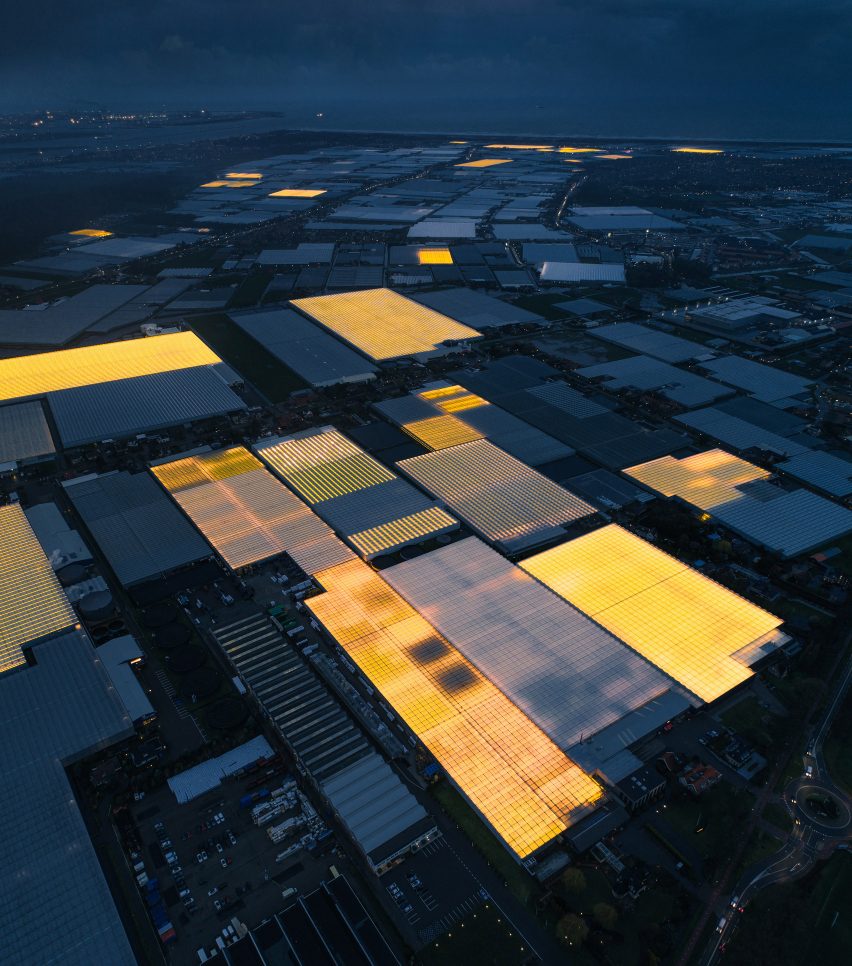
Compared with traditional light sources, high-pressure sodium grow lights and LEDs have obvious advantages. Using high-pressure sodium grow lights and red and blue LED lights to fill the top of the plant canopy, the two can achieve the same output, and the LED only needs to consume 75% of the energy. Reports have pointed out that under the condition of achieving the same energy efficiency, the initial investment cost of LEDs is 5-10 times that of high-pressure sodium grow light devices. The high initial cost makes the cost per mole of light quantum of LEDs 2 to 3 times that of high-pressure sodium grow lights in 5 years of use. For flowerbed plants, 150W high-pressure sodium grow lights and 14W LEDs can achieve the same effect, and 14W LEDs are more economical in comparison. In an area of 550m2, the cost of using a high-pressure sodium grow light alone per kilogram of cucumber is US$1.3, the cost of a sodium grow light plus a single row of LED grow lights is US$1.45, and the cost of a sodium grow light plus 2 rows of LEDs is US$1.72. Profit cost ratio They are 2.31, 2.07, and 1.74. The use of LEDs in the shed requires a large number of installations, and the cost of one-time investment is relatively large. For individual vegetable farmers, the investment is difficult. Whether the cost reduction effect produced by LED power saving can fully compensate for its initial investment and subsequent financial costs during its effective life requires careful calculation and measurement.
Conclusion and Outlook
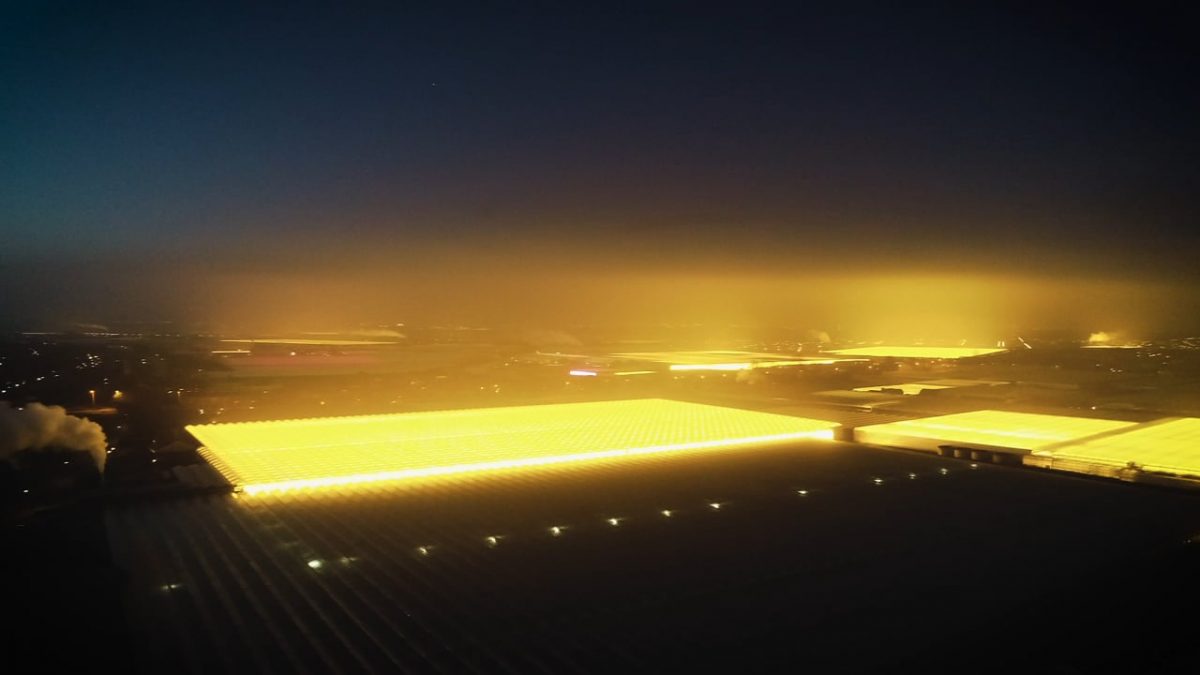
Green plants absorb the most red-orange light with a wavelength of 600-700nm and blue-violet light with a wavelength of 400-500nm, and only a small amount of green light with a wavelength of 500-600nm is absorbed. Both high-pressure sodium grow lights and LEDs can meet the lighting needs of plants. NASA (National Aeronautics and Space Administration) used LEDs for the initial research purpose to improve energy efficiency, reduce operating and management costs, and improve the quality of cash crops. In addition, LEDs can be widely used in the production of high-quality medicinal materials, and scholars have pointed out that LED technology has great potential in improving plant growth.
High-pressure sodium grow lights are moderately priced and can be accepted by the majority of farmers. They have better short-term effects than LEDs. The matching light supplement technology is relatively mature and is still in large-scale use. However, high-pressure sodium grow lights need to be installed with ballasts and related electrical appliances, which increases their use costs. Compared with high-pressure sodium grow lights, LEDs have narrower spectral tunability, and are safe and reliable. LED has flexibility in plant physiological test applications. However, in actual production, the cost is high, the light decay is large, and the service life is far from the theoretical value. In terms of crop yield, LED has no obvious advantage over high-pressure sodium grow lights. In specific use, a reasonable selection should be made according to actual conditions such as cultivation needs, application goals, investment capabilities and cost control.























